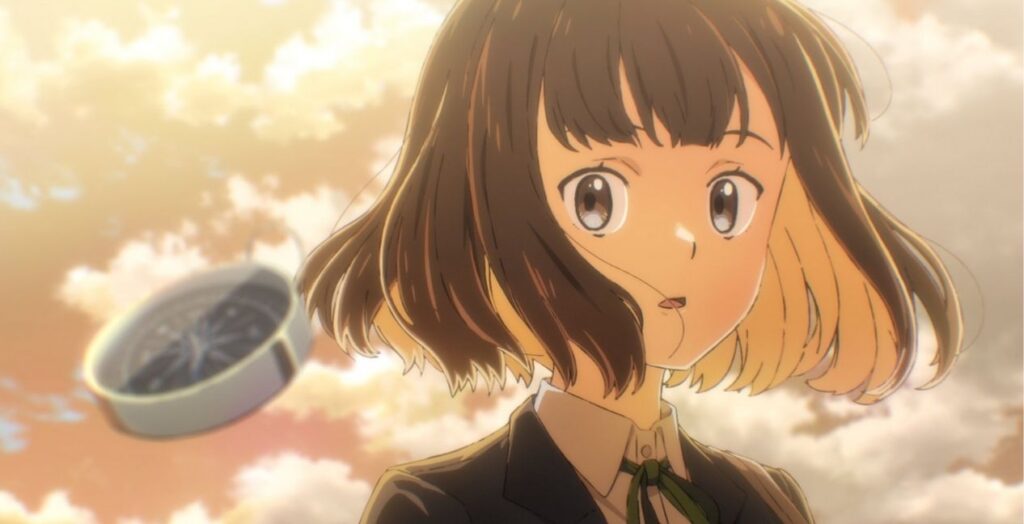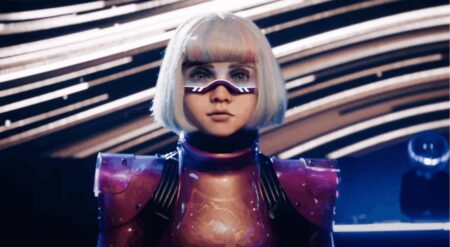Trapezium is a pop idol drama anime film produced by CloverWorks, directed by Masahiro Shinohara (Rascal Does Not Dream of Bunny Girl Senpei), and based on the original novel by Kazumi Takayama. It tells the story of Yuu Azumi (Asaki Yuikawa, The Elusive Samurai), a young girl who dreams of being an idol. She’s prepared to do whatever it takes to make her dream a reality. But things go sideways for her when she draws three other girls into her plans.
A common problem is the inability to recognize that not everyone is like them. Just because you love something, it doesn’t mean everyone else will, too. Anyone who is plugged into social media sees this every time a big game, movie, or other piece of media drops. People struggle to accept this and can even lash out when someone doesn’t share their opinion.
This lack of empathy is also found at the heart of Trapezium. Azumi is so fixated on becoming an idol that she can’t see that it may not be what others want. From the first moments of the film, it’s clear her convictions are going to go badly as she recruits the other members of her future idol group.
Azumi’s obsession drives the plot forward and opens up a world of conversation.
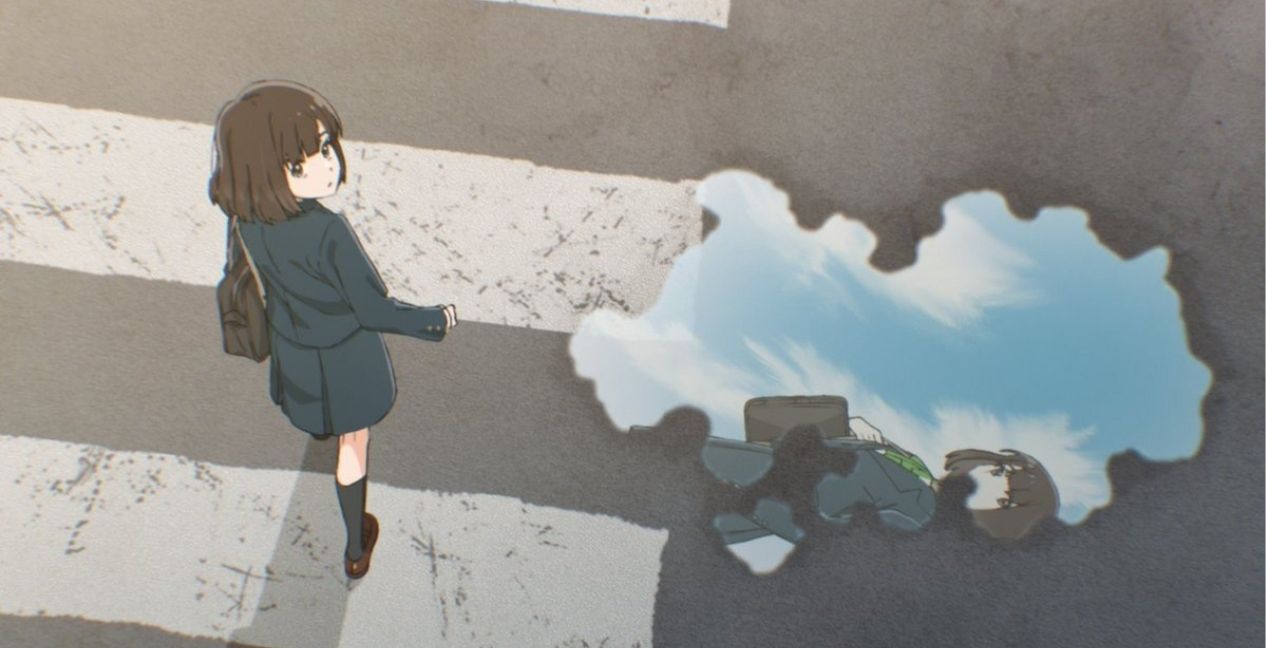
I say recruit, but a more accurate word would be manipulate. Rather than be upfront with her three potential partners, Mika (Haruka Aikawa, Shikimori’s Not Just A Cutie), Kurumi (Hina Yomiya, Wuthering Waves), and Katori (Reina Ueda, Like a Dragon: Pirate Yakuza in Hawaii), she approaches them under the guise of just wanting to be friends. She then pushes them into situations in the hopes of creating a”spontaneous” moment for them to be discovered as a group and become famous.
The key flaw in Azumi’s plan rests in her selection process. She picks three girls, one from each side of her hometown, and makes sure they are cute. Location and attractiveness are the only criteria. The fact that Kurumi doesn’t like crowds or that Mika is dedicated to volunteer work never factors into Azumi’s plans. After all, being an idol is great! And once they make it, the rest of the girls will understand how great it is too. Or perhaps not.
The emotional roller coaster the girls experience during their rise and fall from stardom is presented well visually. The characters’ body language always does a great job of conveying their feelings. The tightness of emotional strain runs across bodies, and the weakness conveyed through skillful facial expressions brings the motions to life. Scenes are frequently set up artfully to convey states of mind like frustration and isolation through the use of lighting and setting.
This is most dramatically delivered when Kurumi is seen being dragged into a dressing room as she kicks and screams, begging to be released from her contract. Yomiya delivers the best voice acting of the film here, as she leans hard into the girl’s pain and terror.
Dreams quickly become nightmares in Trapezium.
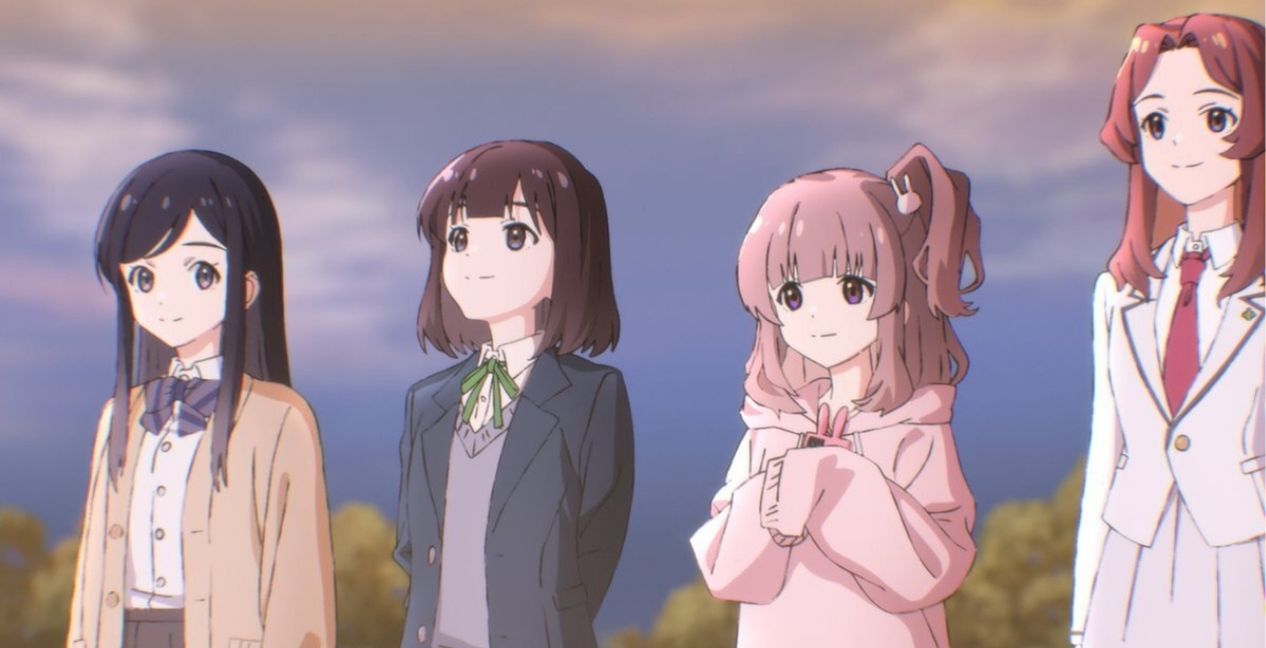
As the narrative of her idol group NEWS (North, East, West, South) begins to slip away from her, Azumi quickly becomes the worst version of herself. The smile she wore as they did their early performances is soon replaced with scowls and sneers.
The trajectory of Trapezium‘s narrative delves into hard themes, but important ones nonetheless. It uses Azumi to look at dreams and how they can become nightmares. How hope can be replaced by obsession, asking questions about when a dream is still worth pursuing, comes with some solid payoff.
The best moment from Azumi’s final act of soul-searching comes from a talk with her mom. When Azumi asks her mom some difficult questions, her mom gives her daughter difficult answers. However, despite the fairly harsh response her words make, there is such gentleness in her tone that there is no doubt where the answer comes from. This gently painful moment helps set up Azumi’s final moments of redemption well. However, that redemption does have its problems.
A lackluster and ambiguous conclusion fails to give much satisfaction.
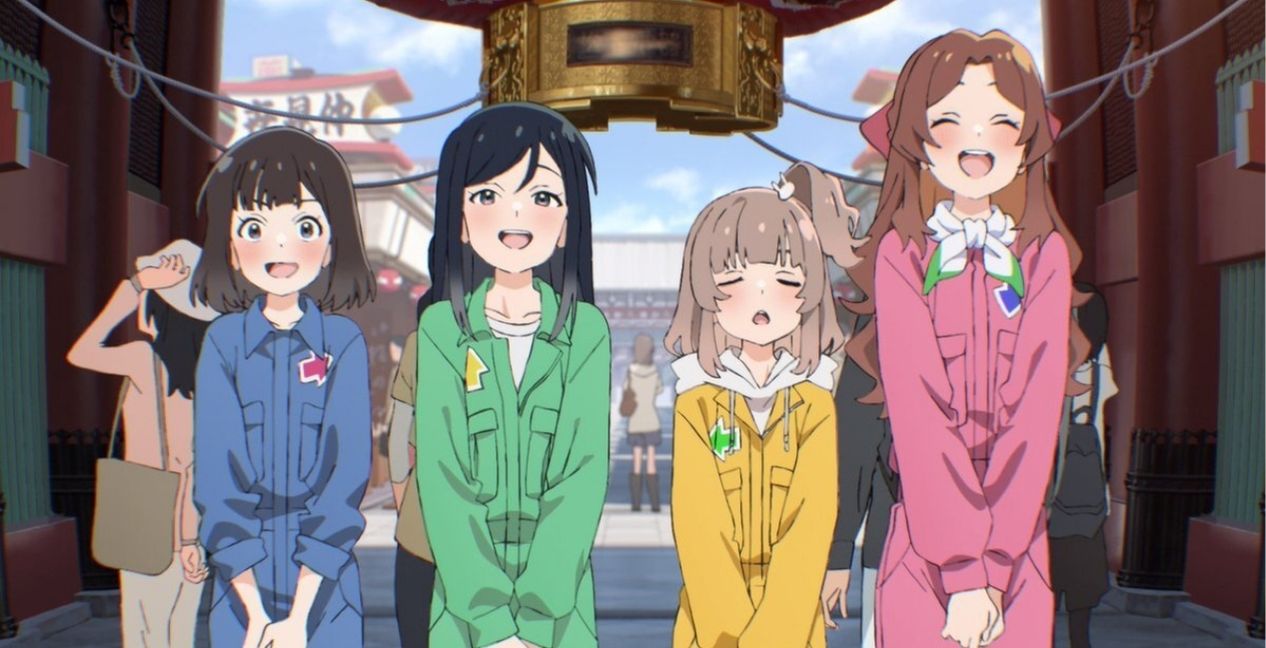
The reckoning that Azumi faces in the film’s closing scenes feels too amorphous. Exactly what she’s apologizing for is left vague. Trapezium never shows her fully confessing to everything she did, leaving her atonement feeling shaky and weak.
The one place where the visuals fail Trapezium, they fail hard. While the film does a great job of conveying emotion, it fails to land its most dazzling sequence, when the girls are seen taking the stage. During NEWS’ first performance, the animation opts to bounce between 2D and 3D for close-ups and wide shots of the group moving through their dance number. The models for the characters look so different, and at moments genuinely bad in 3D, that it ruins the entire sequence.
Much of the 3D animation looks stiff, and the faces don’t look well-designed. The general shape of the heads is different, and hairstyles are flattened out. All of these changes are not only jarring but definite downgrades. None of them would be recognizable if not for the matching attire with their 2D counterparts.
At its core, Trapezium creates a compelling story about dreams, obsession, and when the former turns into the latter. While it tries to deliver an emotional beat for its lead character at the end, it fails to stick the landing completely.
Trapezium is streaming now on Crunchyroll.
Trapezium
-
Rating - 6/106/10
TL;DR
At its core, Trapezium creates a compelling story about dreams, obsession, and when the former turns into the latter. While it tries to deliver an emotional beat for its lead character at the end, it fails to stick the landing completely.

